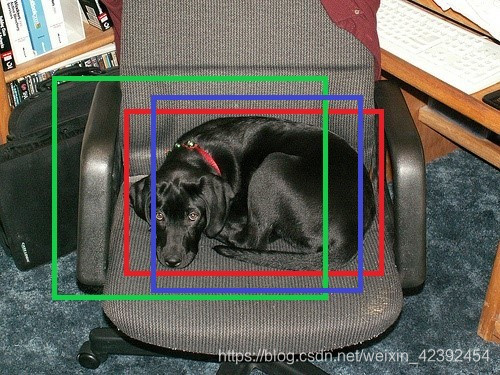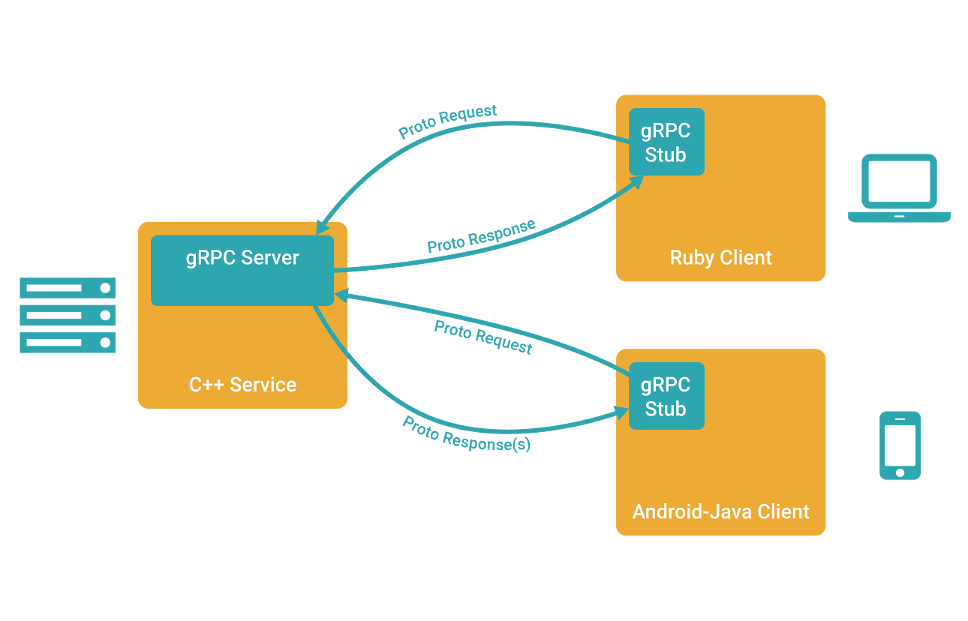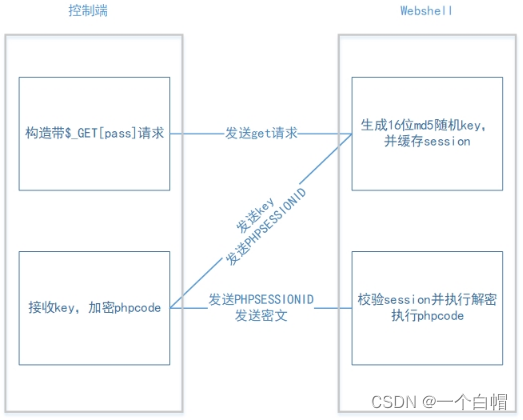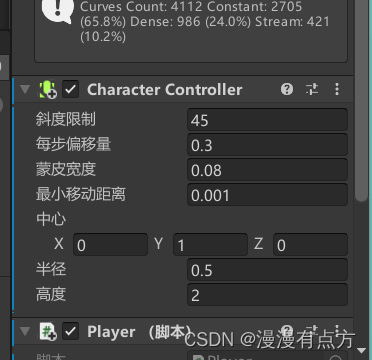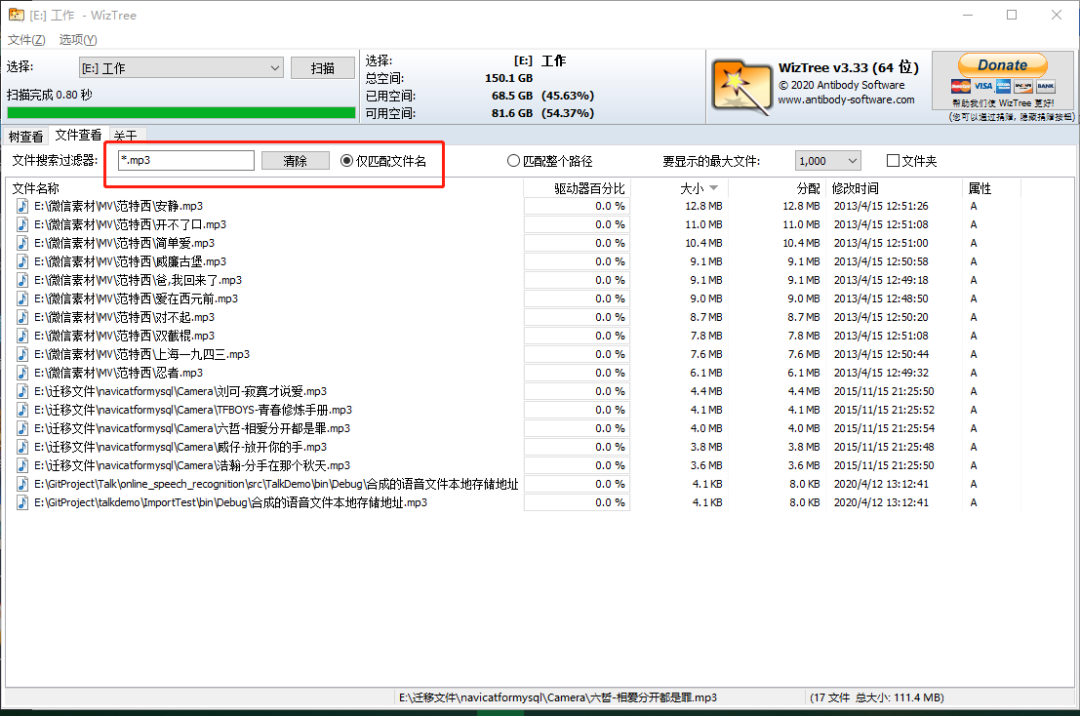当前位置:网站首页>VMD combined with ISSA to optimize LSSVM power prediction
VMD combined with ISSA to optimize LSSVM power prediction
2022-08-04 07:02:00 【Doraemon 001】
0, Preface
This paper tests the power prediction method of VMD combined with ISSA to optimize LSSVM: ①VMD realizes multi-scale decomposition to obtain detailed information; ②The improved SSA algorithm (ISSA algorithm) is used to optimize the parameters of LSSVM to achieve power prediction.
Introduction to ISSA: The article "Improved Sparrow Search Optimization Algorithm and Its Application" aims at the sparrow search algorithm (SSA) when solving the optimal solution of the objective function, the population diversity is not rich, and it is easy to fall into local optimum and multi-dimensional function solution accuracyTo solve the problem of poor quality, an improved sparrow search algorithm (ISSA) is proposed.First, use the reverse learning strategy to initialize the population to increase the diversity of the population; then, the step factor is dynamically adjusted to improve the solution accuracy of the algorithm; finally, the Levy flight is introduced into the sparrow position update formula for detection and early warning to improve the algorithm's ability to search for optimization.and the ability to jump out of local extrema.
This paper reproduces the improved sparrow search algorithm (ISSA) proposed in this paper and applies it to LSSVM parameter optimization.
1. Implementation process
1.1 VMD decomposition
The left side of Figure 1 is the original data (sequential power data), and the right side is the VMD decomposition diagram
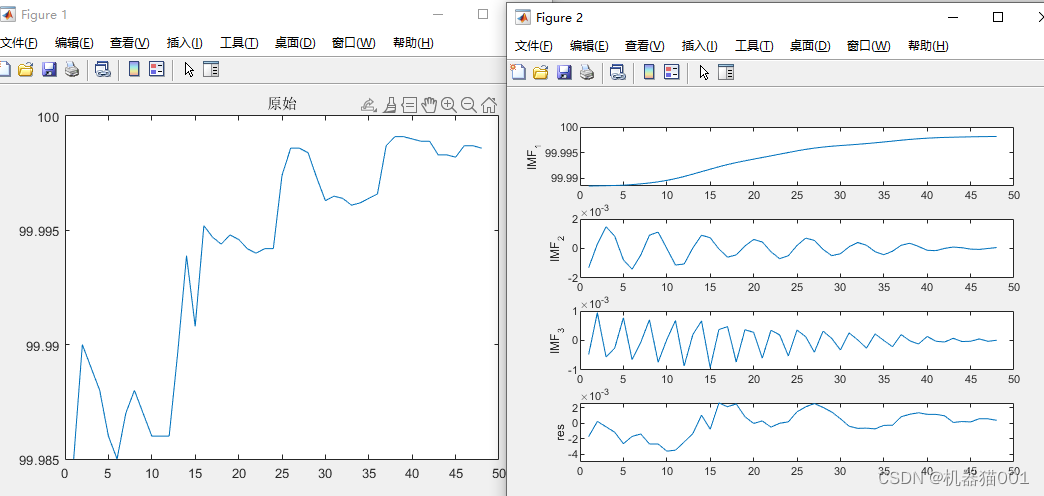
1.2 LSSVM prediction results
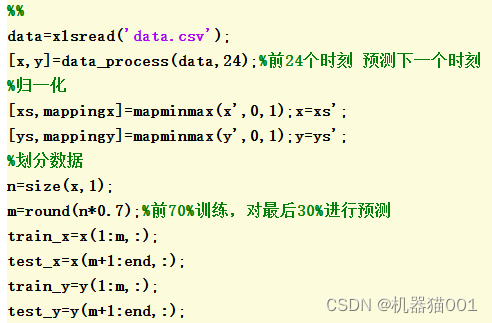
Construct sample data as shown in the figure above (each sample has a length of 24), and predict the next moment based on the data of the previous 24 moments.The prediction results of LSSVM alone are as follows:
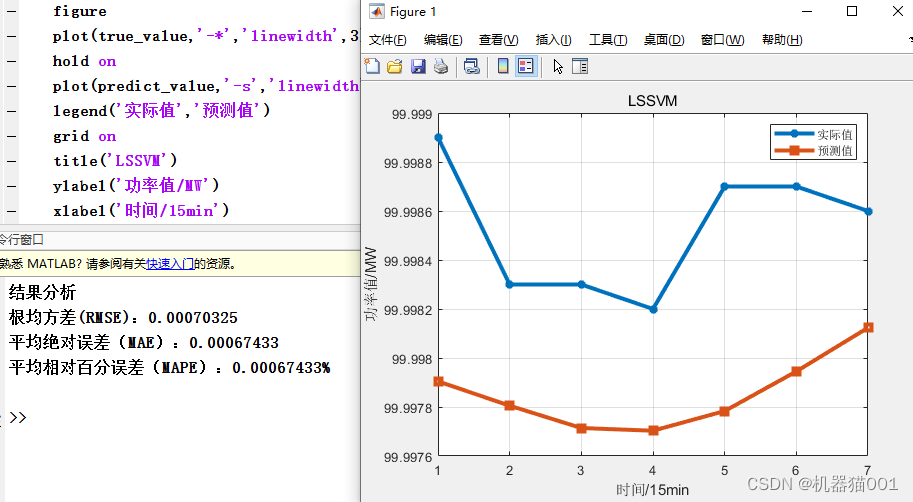
1.3 VMD+LSSVM prediction results
Use VMD to decompose sample data (each sample length is 24), decompose the number of IMFs to 4, establish LSSVM prediction model for each component separately, and finally superimpose the prediction results of the four component models to form the final prediction result.
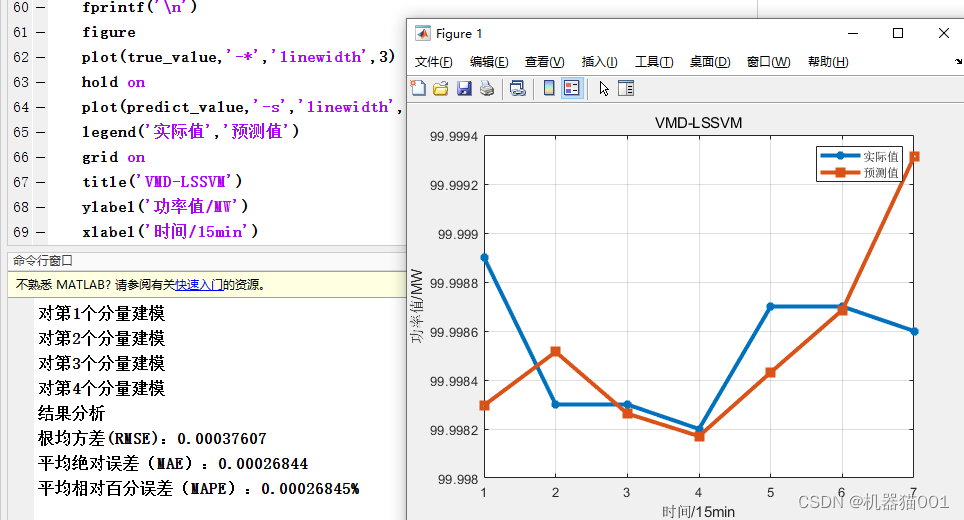
1.3 SSA optimized LSSVM prediction results
The SSA algorithm is used to optimize the parameters of LSSVM: gam and sig2, the fitness curve is shown on the left side of the figure below, and the final prediction result is shown on the right side of the figure below
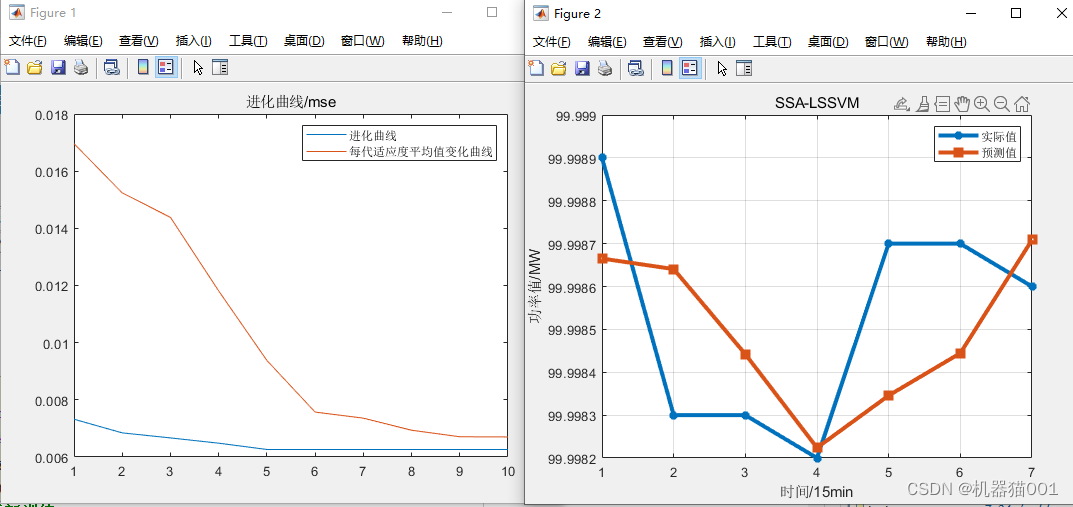
1.4 ISSA optimized LSSVM prediction results
First, compare ISSA with SSA, GA, PSO and other optimization algorithms. The optimization effect on F1 and F3 is shown in Figure 1 and Figure 2 below
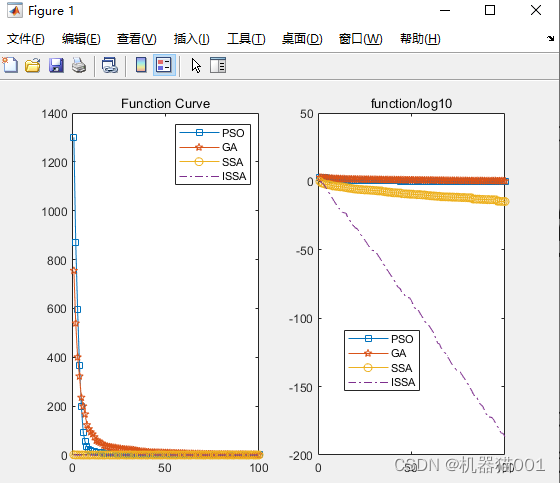
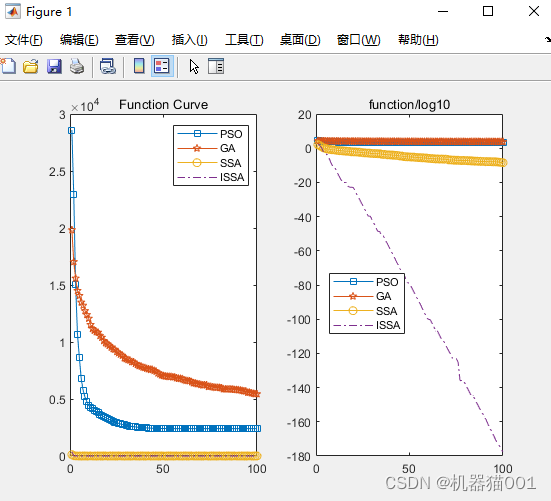
The ISSA algorithm is used to optimize the parameters of LSSVM: gam and sig2, the fitness curve is shown on the left side of the figure below, and the final prediction result is shown on the right side of the figure below
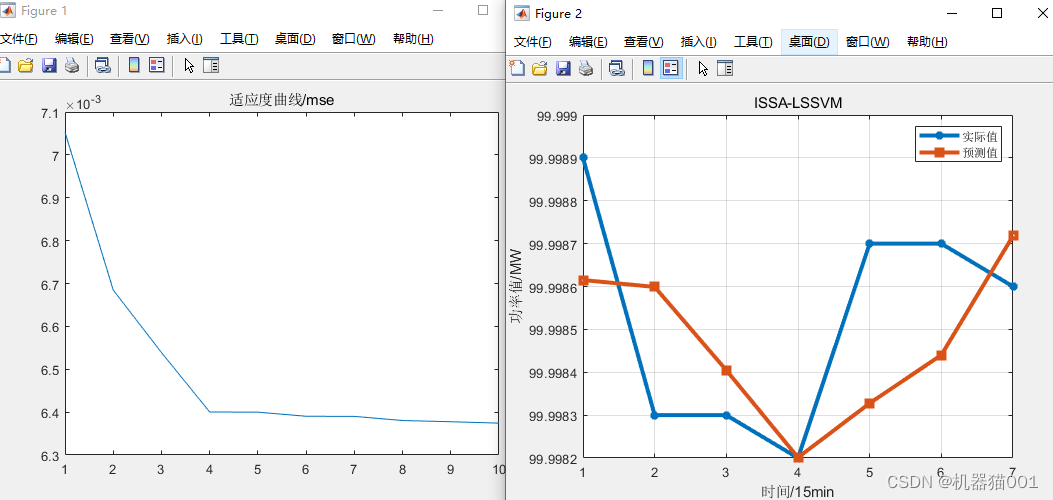
1.5 VMD+SSA+LSSVM effect
Use VMD to decompose the sample data (the length of each sample is 24), the number of decomposed IMFs is 4, the prediction model of SSA+LSSVM is established for each component separately, and finally the prediction results of the four component models are superimposed to form the final predictionresult.
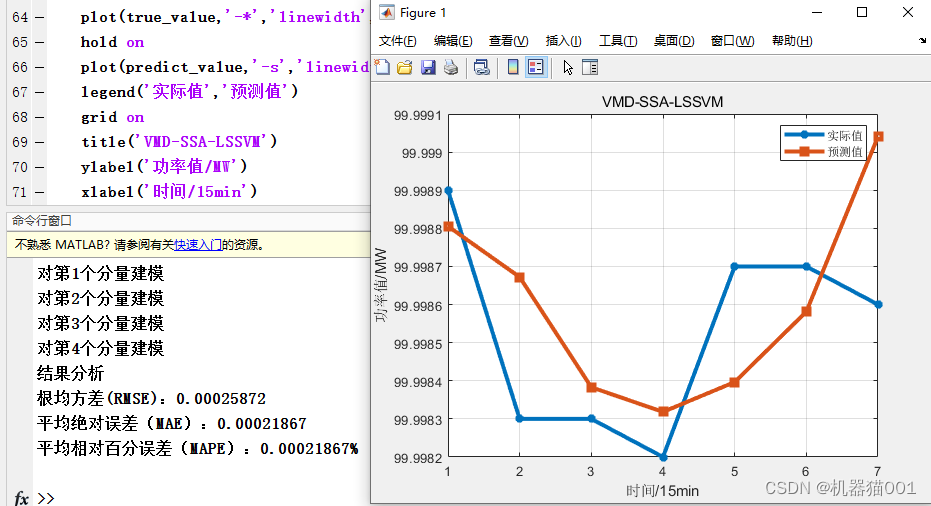
1.6 VMD+ISSA+LSSVM
Use VMD to decompose the sample data (each sample length is 24), decompose the number of IMFs to 4, establish the ISSA+LSSVM prediction model for each component separately, and finally superimpose the prediction results of the four component models to form the final predictionresult.
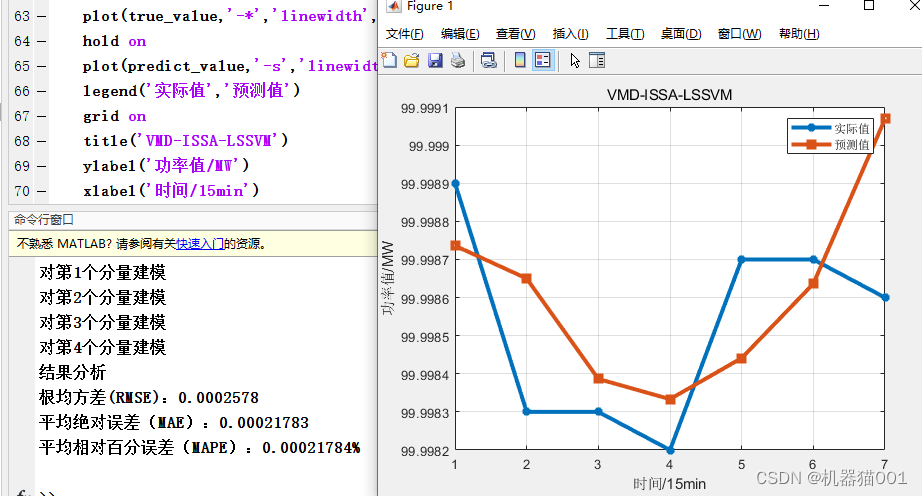
2 Method comparison
The comparison results of the above methods are as follows:
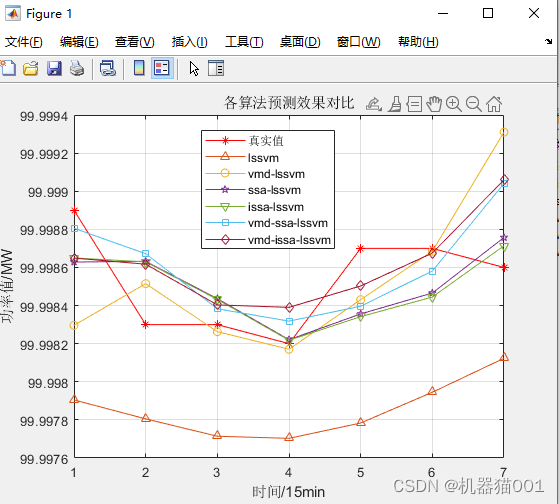
1-Analysis of Results-lssvm
Root Mean Square Error (RMSE): 0.00070325
Mean Absolute Error (MAE): 0.00067433
Mean Relative Percent Error (MAPE): 0.00067433%
2-Analysis of Results-vmd-lssvm
Root Mean Square Error (RMSE): 0.00037607
Mean Absolute Error (MAE): 0.00026844
Mean Relative Percent Error (MAPE): 0.00026845%
3-Analysis of Results-ssa-lssvm
Root Mean Square Error (RMSE): 0.00027739
Mean Absolute Error (MAE): 0.00025854
Mean Relative Percent Error (MAPE): 0.00025854%
4-Analysis of Results-issa-lssvm
Root Mean Square Error (RMSE): 0.00025952
Mean Absolute Error (MAE): 0.00023569
Mean Relative Percent Error (MAPE): 0.0002357%
5-Analysis of Results-vmd-ssa-lssvm
Root Mean Square Error (RMSE): 0.00025872
Mean Absolute Error (MAE): 0.00021867
Mean Relative Percent Error (MAPE): 0.00021867%
6-Analysis of Results-vmd-issa-lssvm
Root Mean Square Error (RMSE): 0.0002578
Mean Absolute Error (MAE): 0.00021783
Mean Relative Percent Error (MAPE): 0.00021784%
Description: This result is the result of one run, and the result will change after each run of the model.
边栏推荐
猜你喜欢
随机推荐
webrtc代码解读二:音视频播放同步过程
DenseNet详解及Keras复现代码
Pfsense漏洞复现(CVE-2021-41282)
golang rtsp拉流测试
Uos统信系统 IP地址以及完整主机名配置
Uos统信系统 CA根证书搭建
调用时序错误导致webrtc无法建立链接
以太网 ARP
目标检测中的先验框(Anchor)
Uos统信系统 本地APT源配置
Memory limit should be smaller than already set memoryswap limit, update the memoryswap at the same
EL expression
如何在Excel 里倒序排列表格数据 || csv表格倒序排列数据
基于子空间结构保持的迁移学习方法MLSSM
SENet详解及Keras复现代码
天鹰优化的半监督拉普拉斯深度核极限学习机用于分类
数据库技巧:整理SQLServer非常实用的脚本
SegNet——论文笔记
0--100的能被3整出的数的集合打乱顺序
MySQL stored procedure study notes (based on 8.0)

